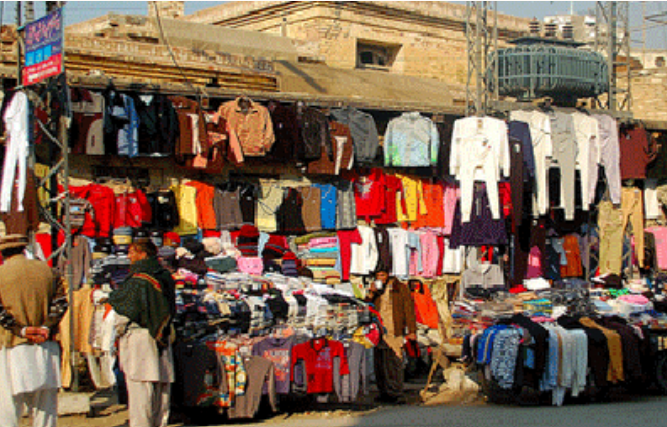China has become an important trading partner for Pakistan, with Chinese companies increasingly sourcing garments from Pakistan due to their competitive prices. Under the CPFTA-II, many Pakistani textile products will enjoy duty-free access to China, which has extended similar tariff reductions to other trading partners.
Due to the export of men's clothing to China, the Pakistani apparel and garment industry experienced a staggering 29% rise in the first quarter of 2023. This is due to Pakistan's robust manufacturing capabilities and the superior quality of its clothing.
Men's clothing exports from Pakistan to China totaled around $6 million in the first three months of 2023, up 29% from the $4.27 million sent during the same period in 2022. Cotton trousers for men or boys cost $3.47 million, up from $1.67 million in January–March 2022.
Exports of men's clothes from Pakistan to China totaled $28.66 million in 2022 versus $21.62 million in 2021, an almost 33% increase. Men's or boys' cotton trousers were among the top goods, with a value of $17.94 million in 2022 compared to $12.59 million in 2021.
Due to Pakistan's inexpensive pricing, more Chinese companies are purchasing apparel from there, making them an important economic partner. The increase in exports can also be ascribed to Chinese buyers' rising demand for trendy Pakistani clothing options. Pakistani T-shirt exports to China also reached $5.53 million in the first quarter of 2023, which is up more than 106% compared to the same period in 2022.
By using the same strategy that Bangladesh used to increase its exports of readymade textile goods dramatically, Pakistan's textile sector may increase its exports of apparel sustainably. By replicating Bangladesh's effective use of back-to-back letters of credit and bonded warehouses to obtain high-quality imported raw materials and intermediary products at market pricing, Pakistan can benefit from Bangladesh's expertise to increase its garment exports.
The majority of Pakistan's textile industry's supply of these items comes from domestic sources, but due to falling cotton quality and availability, the sector must purchase better quality, high-count cotton primary, and intermediary products from the global market.
The success of Bangladesh's garment industry has been largely attributed to several export-friendly measures, such as the duty drawback program, cash incentives, bonded warehousing facilities, and back-to-back letters of credit. The value-added tax paid on local inputs used to produce export products as well as the tariffs paid on imported materials is reimbursed under the duty drawback system.
The garment sector is an essential one and its growth is necessary as it accounts for 40% of all manufacturing jobs, making it the largest employer in the nation in terms of wages. Approximately 4.5 million people are employed by it, directly or indirectly supporting 10 million people.















.png)




